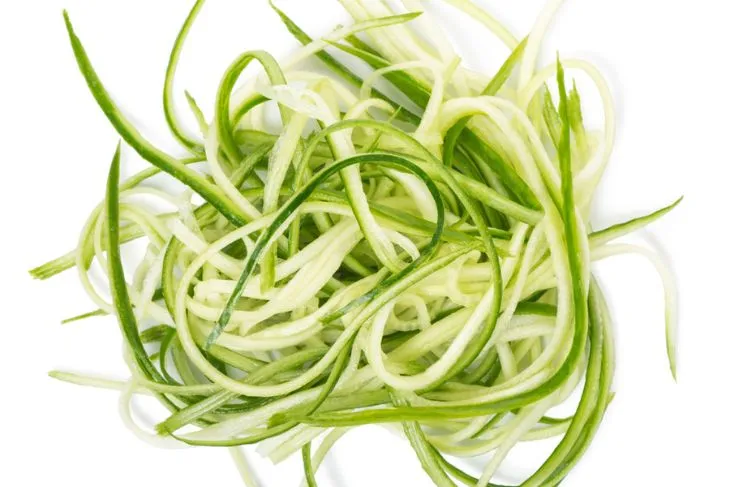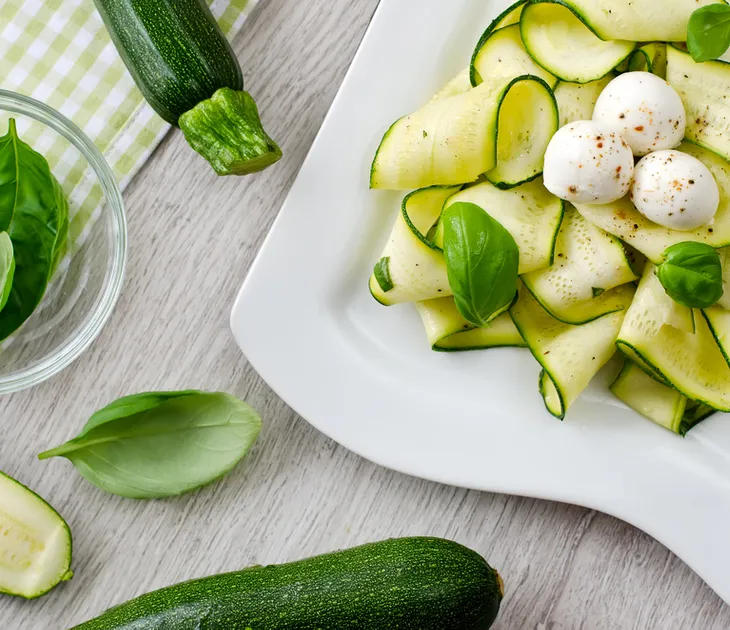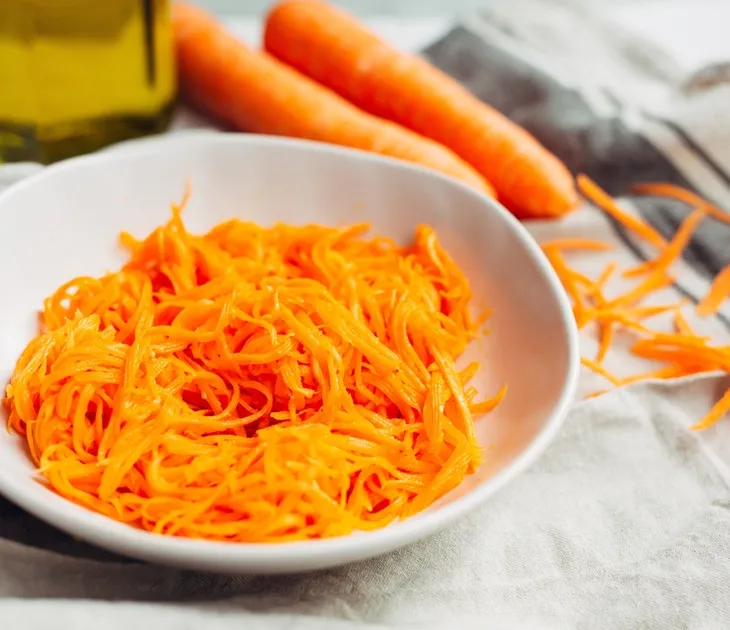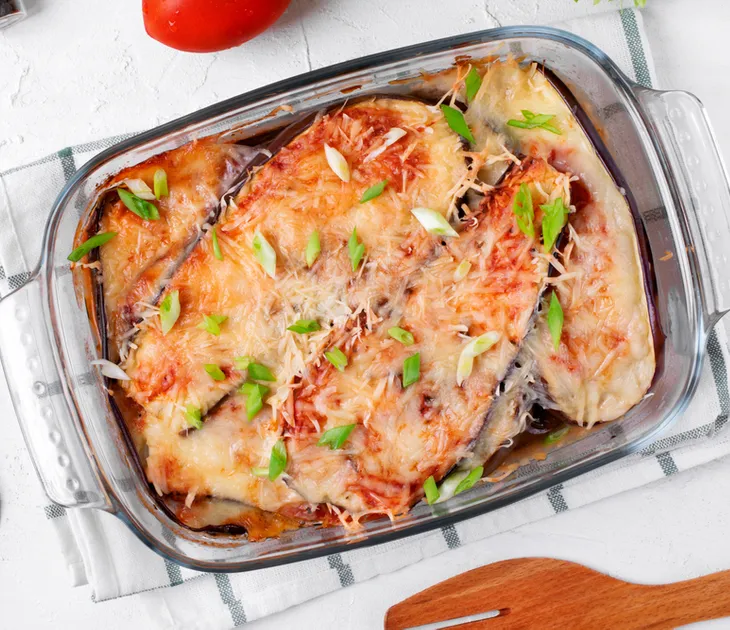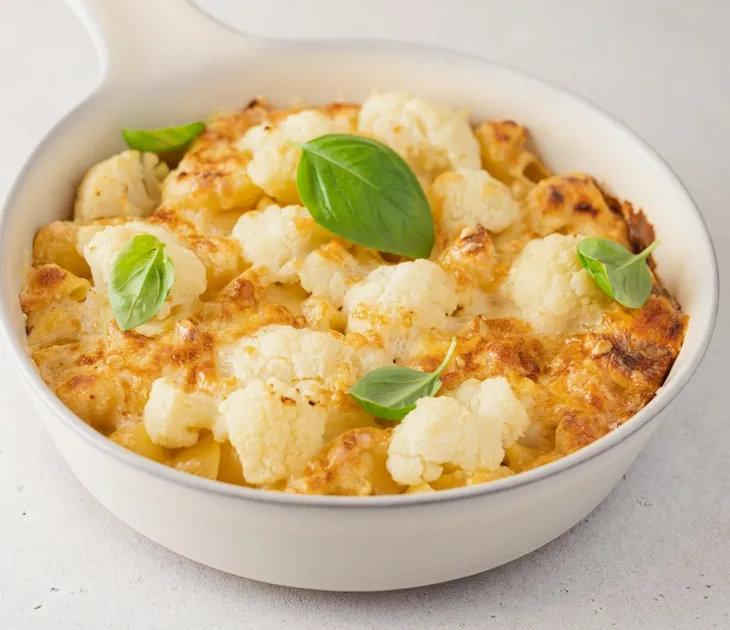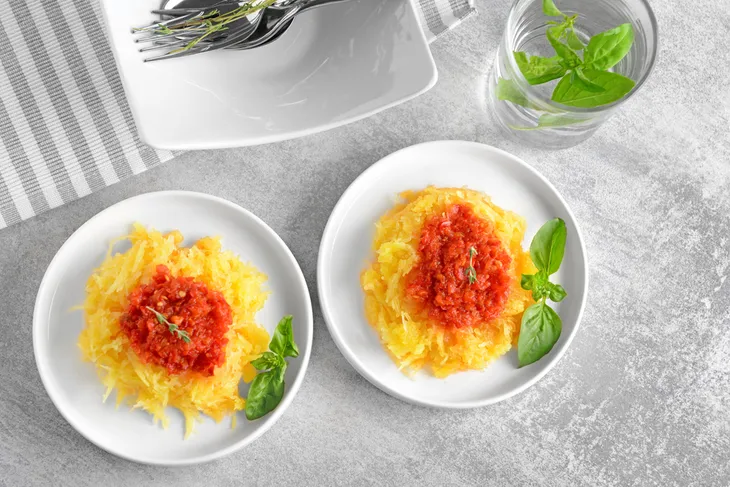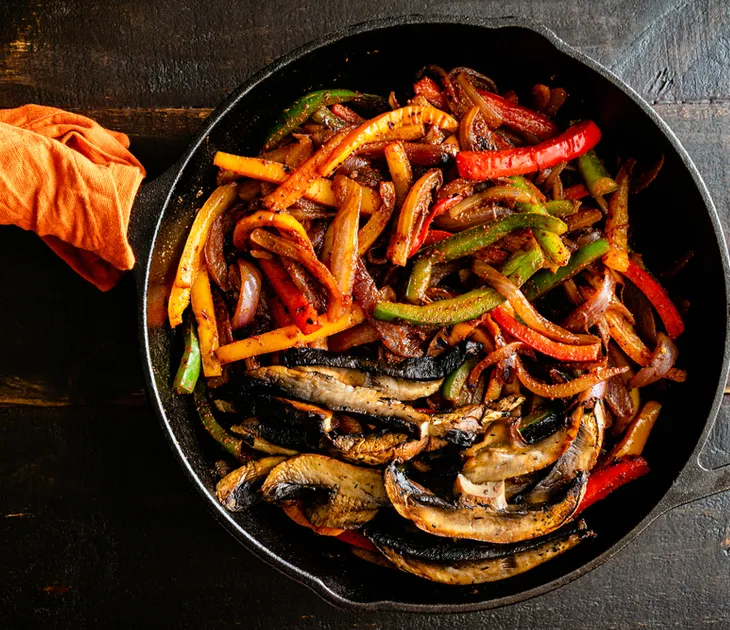No, thankfully it doesn’t take any hocus-pocus to turn your vegetables into suitable pasta substitutes. However, if you’re trying to cut calories, and carbohydrates, or if you’re intolerant to gluten, certain vegetables can make the ideal noodle alternatives thanks to some slicing, dicing, peeling, and julienne techniques.
Here are seven vegetables that make the perfect pasta posers…
Julienne Cucumber
Now not all veggies will work in cooked dishes as well as they work in cold “pasta” dishes. One of these is cucumbers. Due to the water nature of this veggie, cucumbers would turn to mush when cooked. However, when cut thin into strips or spirals, cucumber makes a great substitute in cold salads for pasta.
For instance, assemble your regular Greek pasta salad using julienne cucumber strips. Stick to the edge of the veggie to avoid cutting into the seedy center. You can put that part aside and use it for chunks in your salad. Mix cucumber “noodles” with Feta, Greek yogurt, garlic, cherry tomatoes, olives, and a bit of balsamic vinegar and olive oil.
Zucchini Ribbons
You need little more than a regular vegetable peeler (the same tool you’d use to peel the skins from potatoes) to make zucchini ribbons. Thinly sliced zucchini strips are my favorite pasta substitute as the texture is so similar to fettuccine noodles. The larger the zucchini the better so you can peel far away from your fingers.
Zucchini is particularly low in calories at roughly 21-calories per 1-cup serving. In addition, zucchini is rich in antioxidant Vitamin-C and manganese, an essential mineral that protects the body from free radical damage.
Shredded Carrots
Have you ever pondered how shredded carrots look like rice noodles? Well you’re in luck if you’re looking to substitute the rice or soba noodles in your favorite Asian recipe. Because carrots are a naturally sweet veggie, shredded carrots make the perfect pasta substitute in sweet and sour dishes, pad Thai, honey, soy sauce, and rice vinegar flavored noodle dishes.
You might want to spend a bit of money on a kitchen tool, known as a spiralizer, which will create the stringy noodles from carrots. Use the firmest part of the carrot to create your “noodles” just make sure as you near the middle of the vegetable not to slice into one of your fingers. Use remaining parts of the carrot in your sauce or stir fried with other vegetables.
Eggplant Slices
This is one pasta substitute you may not believe until you try—eggplant! Normally a veggie that many shun for it’s mushy texture, I personally love eggplant for its bountiful nutrition. For instance, a single serving of eggplant is jam-packed with dietary fiber, vitamin B1 and B6, folate, vitamin K, and minerals like copper, manganese, niacin, and potassium.
Now you would never attempt to cut eggplant into strips as the vegetable is too rubbery and seedy. However, cut into thick slices (about 1/2-inch to 1-inch in thickness) eggplant makes the perfect lasagna layers. Simply alternate a layer of eggplant with layers of meat, cheese, and sauce. Also be sure to keep the eggplant skin in tact as that’s where most of the nutrients are.
Baked or Boiled Cauliflower
Not a vegetable known as a fan favorite among kids—most parents will agree that covered in cheese most kids really don’t differentiate between pasta noodles and cauliflower. It’s true that once boiled or baked (and even mashed), cauliflower takes on a velvety, creamy texture that blends deliciously with cheese of any kind.
So pull the nutritional wool over on the kiddos when you substitute elbow macaroni with chopped cauliflower heads. Mix graciously with a real cheese sauce in a casserole dish and bake in the oven for 30-minutes until golden and crispy on the top. Garnish with minced or dried garlic and chives.
Baked Spaghetti Squash
If you’ve never tried spaghetti squash, you might not even recognize the cool winter squash as an even cooler starch substitute. Next time you’re in the grocery store, take note of the squash bin. That long, bright yellow squash that’s shaped like a long oval—that’s a spaghetti squash.
You can cook a spaghetti squash right in it’s rind. Simply slice the squash directly down the middle and bake (for 30-minutes) or microwave for about 15-minutes. Fluff the flesh with a fork and you’ll see that the insides look like thin noodles. Scoop the flesh onto a plate and toss with your favorite homemade pesto or pasta sauce.
Bell Pepper Strips
Slicing colored bell peppers into thin strips will also make a pleasant-tasting plate that simulates pasta—minus the excess calories and carbohydrates. You can even saute a combination of yellow, red, green, and orange sweet peppers with minced garlic and onion strings to give your dish an added Italian edge.
Vegetables, like bell peppers, boosts the nutrient-rich value of any meal. For instance, with bell peppers, your dish will be high in vitamin C. Toss the sauteed veggies with your favorite sauce—marinara, pesto, oil and a bit of Parmesan or goat’s cheese to greatly lower the starchiness and calories you’d get by using regular white pasta.

